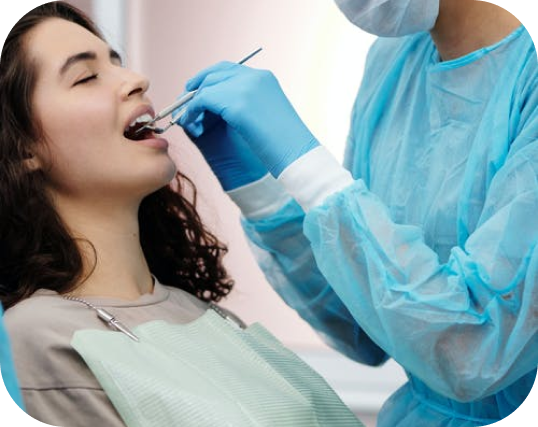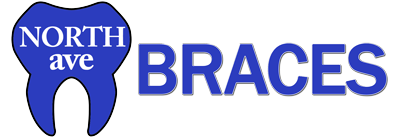

+
+
+
+
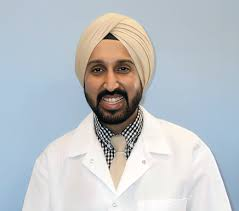
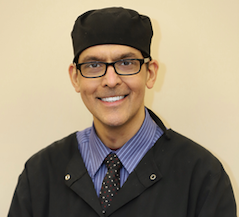
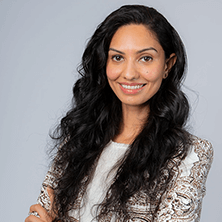
1. Morning (after waking up):
Brushing in the morning removes the plaque and bacteria that build up overnight.
Ideally, brush after breakfast, but wait at least 30 minutes if you’ve eaten something acidic (like orange juice, coffee, fruit). Brushing too soon can wear down enamel.
If you don’t want to wait, brushing right after waking up (before eating) is still good—it gets rid of morning breath and protects your teeth before food.
2. Night (before bed):
This is the most important brushing of the day.
Plaque and food particles left overnight fuel bacteria growth and increase your risk of cavities and gum disease.
3. Midday (optional but beneficial):
If you can, brushing after lunch or a snack is great, especially if you eat sticky, sugary, or acidic foods.
If brushing isn’t possible, rinsing with water or chewing sugar-free gum helps.
✅ Golden rule: Brush at least twice a day—morning and night—for two minutes each.
✅ Crunchy, high-water fruits & veggies (cut into small pieces):
Apples (sliced thin or into wedges so they don’t break brackets)
Carrots (steamed a bit or cut into sticks)
Celery (fibrous strands act like a natural toothbrush)
Cucumbers, bell peppers, pears
✅ Leafy greens & fibrous foods:
Spinach, kale, and lettuce help increase saliva (your mouth’s natural cleaner).
✅ Cheese and dairy:
Cheese, milk, and yogurt neutralize acids and strengthen enamel with calcium and phosphate.
✅ Nuts (soft ones, in small pieces):
Almonds or cashews (when chopped or ground to avoid damaging braces) give protein and help fight plaque-causing bacteria.
✅ Sugar-free gum (with xylitol):
Helps boost saliva and dislodge food stuck around brackets.
Foods to limit/avoid with braces (they trap gunk):
Sticky stuff (caramel, gummies, dried fruit)
Hard foods you bite into (whole apples, raw carrots, popcorn, nuts in shells)
Sugary drinks (soda, sweet tea, energy drinks)
👉 Tip: Always rinse with water after meals and use an interdental brush or water flosser to clean around brackets.
Before teeth erupt: Wipe gums with a clean, damp washcloth or soft infant gum brush after feedings.
When first tooth appears: Use a baby toothbrush with soft bristles and a tiny smear (rice grain size) of fluoride toothpaste once or twice a day.
Brush twice daily (morning and bedtime).
Use a soft, small-headed toothbrush with a rice-sized smear of fluoride toothpaste.
Sit the child on your lap or stand behind them to help brush.
Focus on all surfaces: front, back, chewing surfaces, and along the gumline.
Start teaching them to spit out toothpaste, but don’t rinse with water—leaves fluoride protection on teeth.
Increase toothpaste to a pea-sized amount of fluoride toothpaste.
Continue brushing twice a day for 2 minutes.
Parents should still do most of the brushing—kids at this age don’t yet have the hand coordination to clean thoroughly.
Use gentle circles and cover every tooth surface.
Children can start brushing themselves, but parents should supervise until at least age 7–8.
Floss once daily where teeth touch. Floss picks or water flossers can help.
Encourage brushing after breakfast and always before bed.
Reinforce the “2 minutes, 2 times a day” rule.
✅ Extra tips:
Replace toothbrushes every 3 months or sooner if bristles fray.
Choose fun brushes (cartoon characters, electric brushes with timers) to keep kids motivated.
Avoid sending them to bed with bottles or sippy cups of milk/juice (causes cavities). Only water at bedtime.
Not really — it’s a common myth.
Hard-bristled toothbrushes don’t actually clean deeper than soft ones. Here’s why:
Plaque is soft. You don’t need stiff bristles to remove it. A soft-bristled brush with good technique is enough to sweep it away.
Hard bristles can cause damage. They may wear down enamel over time and irritate or even injure your gums, leading to sensitivity and recession.
Dentists recommend soft bristles. The American Dental Association (ADA) and most dentists suggest soft-bristled brushes, sometimes extra-soft for people with sensitive gums or braces.
👉 What matters most is:
Brushing twice a day for 2 minutes
Using the right technique (gentle circles at a 45° angle to the gumline)
Flossing and rinsing to reach areas a brush can’t
So, soft bristles + proper technique = the deepest safe clean.
 Ready to get started? Schedule your free consultation
Ready to get started? Schedule your free consultation